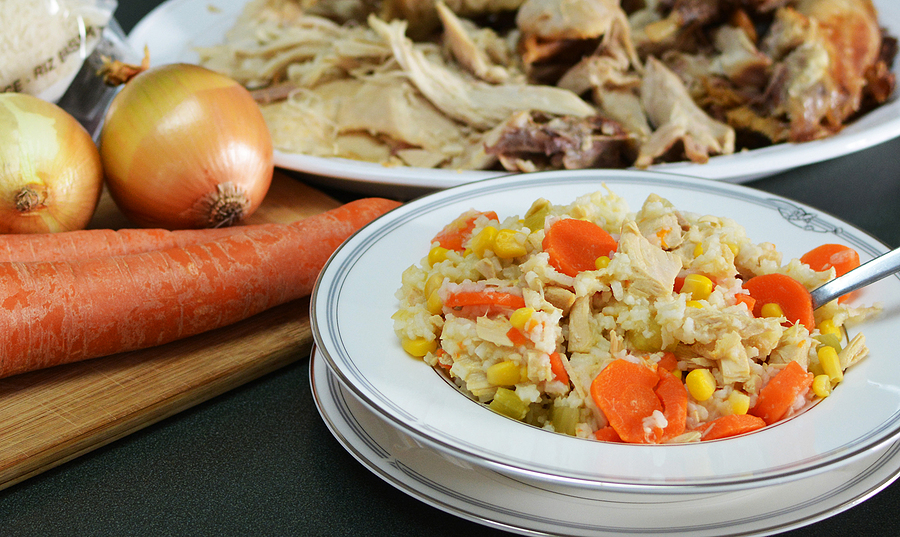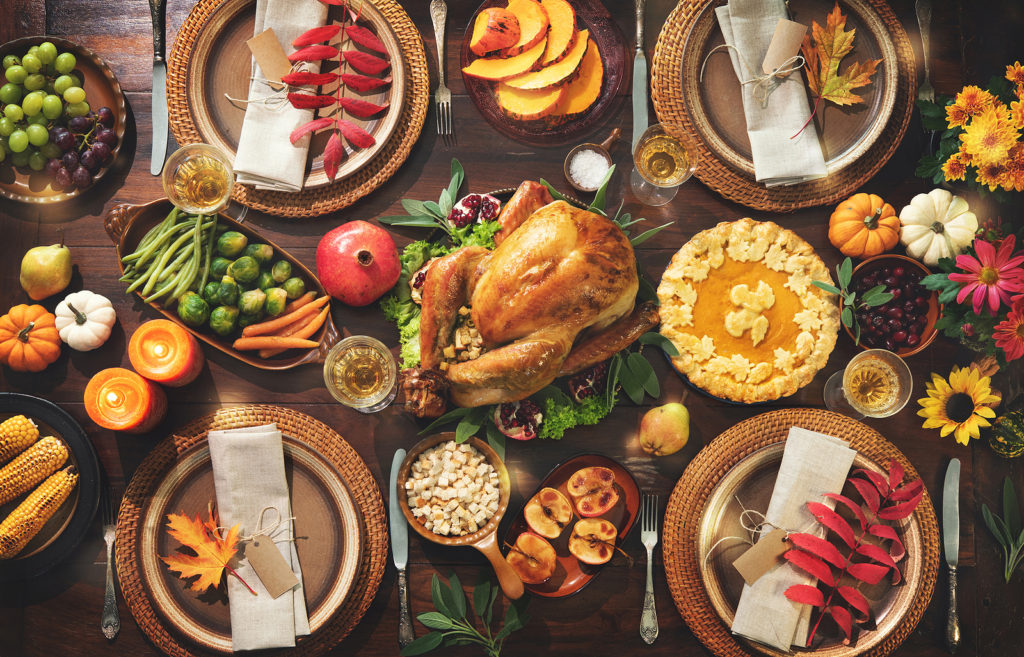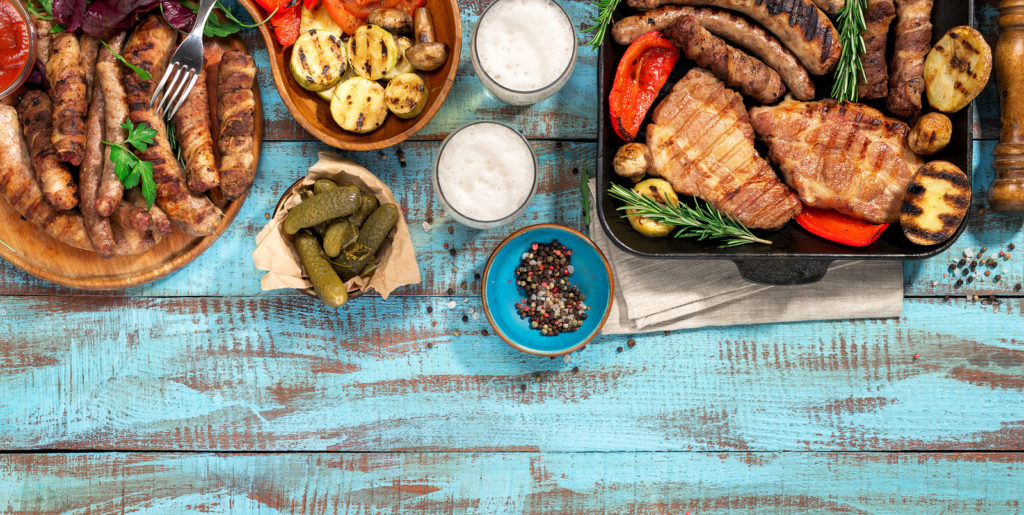Thanksgiving brings families and friends together for a feast of gratitude and delicious food. The joy of the meal often extends beyond the holiday itself, with a fridge full of leftovers to enjoy for days. While these remnants are a welcome treat, it’s crucial to handle them properly to ensure they remain safe and tasty.
Improperly stored food can lead to food-borne illnesses, turning a delightful holiday memory into an unpleasant experience. Understanding the right way to store everything from the turkey to the pumpkin pie is key to extending the celebration safely. This guide provides a comprehensive look at how to handle, store, and repurpose your Thanksgiving leftovers.

General Food Safety for Leftovers
Before diving into specific dishes, it’s important to understand the basic principles of food safety. These rules apply to all your leftovers and are the first line of defense against harmful bacteria.
The Two-Hour Rule
One of the most critical rules in food safety is the “two-hour rule.” Perishable foods, including most Thanksgiving dishes, should not be left at room temperature for more than two hours. Bacteria can grow rapidly in the “danger zone,” which is between 40°F and 140°F. After the meal is over, make it a priority to pack up and refrigerate all leftovers promptly.
Proper Cooling and Storage
Hot foods should be cooled quickly before being placed in the refrigerator. To do this, divide large quantities of food into smaller, shallow containers. This allows the food to cool down faster and more evenly, preventing bacteria from multiplying. Ensure your refrigerator is set to 40°F or below. Use airtight containers or wrap food tightly with plastic wrap or aluminum foil to maintain freshness and prevent contamination.
Labeling and Dating
It’s easy to lose track of when leftovers were stored. Get into the habit of labeling your containers with the contents and the date. Most Thanksgiving leftovers can be safely stored in the refrigerator for three to four days. If you don’t plan to eat them within that timeframe, consider freezing them for longer-term storage.
How to Store Specific Thanksgiving Dishes
Different foods require different storage methods to maintain their quality and safety. Here’s a breakdown of how to store some classic Thanksgiving dishes.
Turkey
Carve the leftover turkey off the bone before storing it. This helps it cool faster and makes it easier to use later. Store the meat in airtight containers or resealable plastic bags. Turkey can be kept in the refrigerator for up to four days or frozen for up to three months. When freezing, wrap the turkey tightly to prevent freezer burn.
Stuffing and Mashed Potatoes
Both stuffing and mashed potatoes should be stored in airtight containers in the refrigerator. Like turkey, they will last for about three to four days. If you made a large batch, divide it into smaller portions before refrigerating. To reheat, you can use the microwave or warm them in the oven. Adding a splash of milk or broth to mashed potatoes when reheating can help restore their creamy texture.
Casseroles
Casseroles, like mac-n-cheese or cheesy broccoli-n-rice, are great make-ahead dishes but should be cooled and refrigerated within two hours of cooking. They can be stored in the fridge for up to three days or frozen for longer storage. To reheat, allow them to thaw in the fridge overnight if frozen, then bake covered with foil at 350 degrees Fahrenheit until heated through. Be sure to check the internal temperature of the casserole with a food thermometer to ensure it has reached 165 degrees Fahrenheit before serving.
Gravy
Gravy should be cooled and refrigerated as quickly as possible. Store it in an airtight container for up to two days. Because of its ingredients, gravy is more susceptible to bacterial growth than other dishes. When you reheat it, bring it to a rolling boil on the stovetop to kill any potential bacteria.
Learn More Ways to Reuse Holiday Leftovers! 🍖✨
Cranberry Sauce
Homemade cranberry sauce will last in the refrigerator for 10 to 14 days if stored in an airtight container. Canned cranberry sauce, once opened, should also be refrigerated and will last for about the same amount of time. Its high acidity helps preserve it longer than many other leftovers.
Bread
Bread can be stored at room temperature for up to a week or in the freezer for several months. When reheating bread, wrap it in foil and place it in a preheated oven at 350 degrees Fahrenheit until warmed through. You can also lightly mist the bread with water before placing it in the oven to restore its crispness.
Pies
The storage method for pie depends on the type.
- Pumpkin and Pecan Pies: These custard-based pies need to be refrigerated. Cover them with plastic wrap or foil and they will keep for three to four days.
- Fruit Pies: Pies like apple or cherry can be stored at room temperature for up to two days. After that, they should be refrigerated.
- Tarts & Pastries: These desserts should be stored at room temperature and covered with a towel or plastic wrap. They will last for two to three days.
- Cream Pies: Because of the dairy in these pies, they need to be refrigerated and eaten within two to three days.
Creative Ways to Use Your Leftovers
Getting creative with leftovers can be almost as fun as the Thanksgiving meal itself. Instead of just reheating plates, try transforming your leftovers into entirely new dishes.
- Thanksgiving Sandwich: This is a classic for a reason. Layer turkey, stuffing, and cranberry sauce between two slices of good bread. A little bit of gravy can add extra moisture and flavor.
- Turkey Soup: Use the turkey carcass to make a rich, flavorful broth. Add leftover turkey meat, vegetables like carrots and celery, and some noodles or rice for a hearty soup.
- Shepherd’s Pie: Create a Thanksgiving-themed shepherd’s pie by layering leftover turkey and vegetables in a baking dish and topping it with mashed potatoes. Bake until the top is golden brown.
- Potato Pancakes: Mix leftover mashed potatoes with an egg and a little flour to form patties. Pan-fry them until they are crispy and golden. Serve with a dollop of cranberry sauce or sour cream.
- Pie Dump Cakes: Use leftover pie filling to create a quick and easy dessert by layering it with crumbled cookies or cake mix in a baking dish. Cover the entire surface with a stick of chopped butter and bake until the top is golden brown and serve with ice cream.
Plan for an Effortless Holiday
Properly storing your Thanksgiving leftovers ensures that the delicious memories of your meal can be enjoyed safely for days to come. By following these simple food safety guidelines and storage tips, you can minimize waste and maximize your enjoyment.
If the thought of meal planning in between the upcoming major holidays feels overwhelming, remember that professional help is available. Our professional catering service can handle feeding your family so you can focus on planning the holidays. Food for Thought Catering in Newnan, Georgia can help you craft the perfect family dinner, leaving you with more time for celebration and less time stressing in the kitchen.
Related Post: Safety Reminders for Feeding a Large Crowd This Thanksgiving





